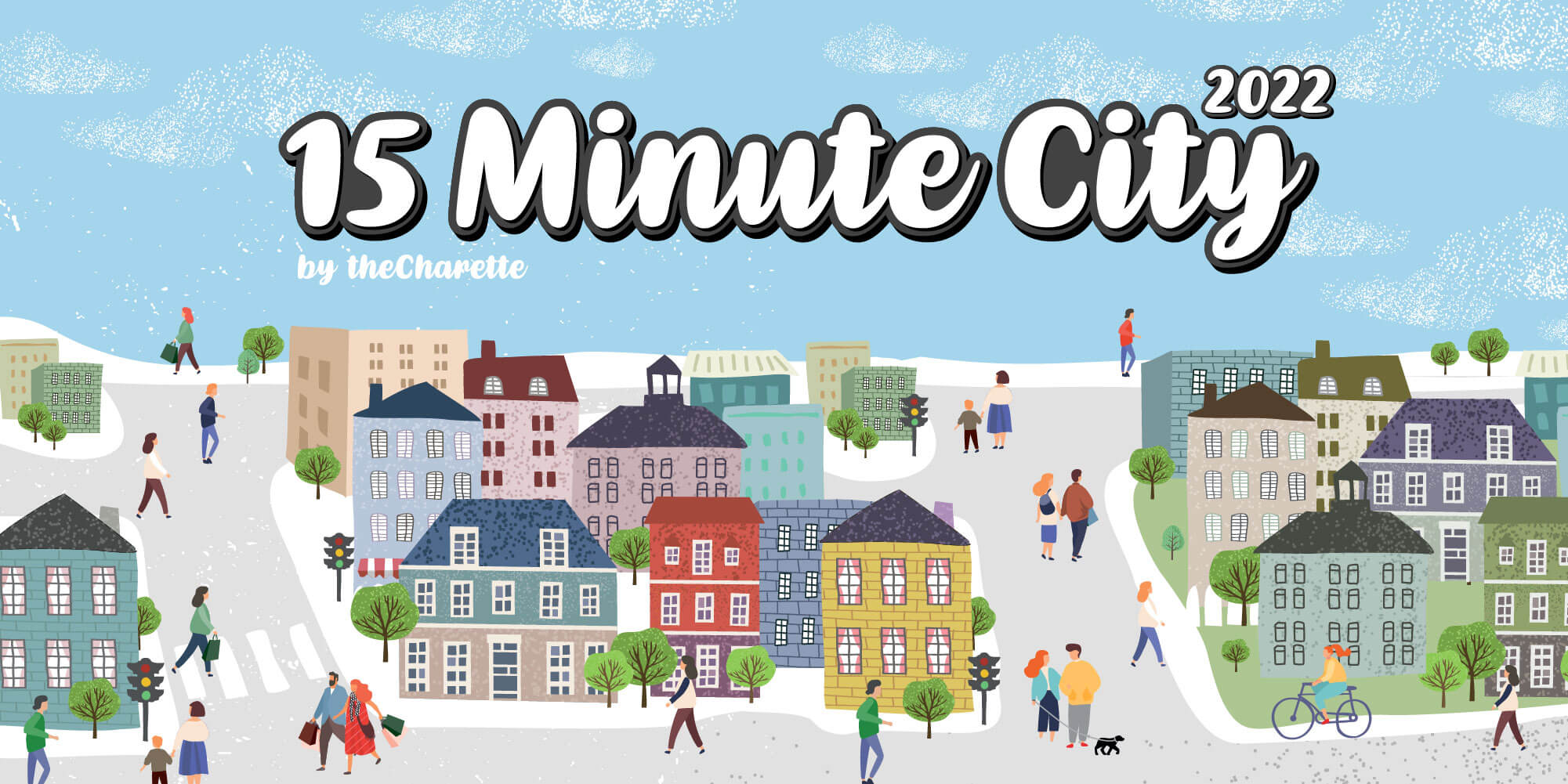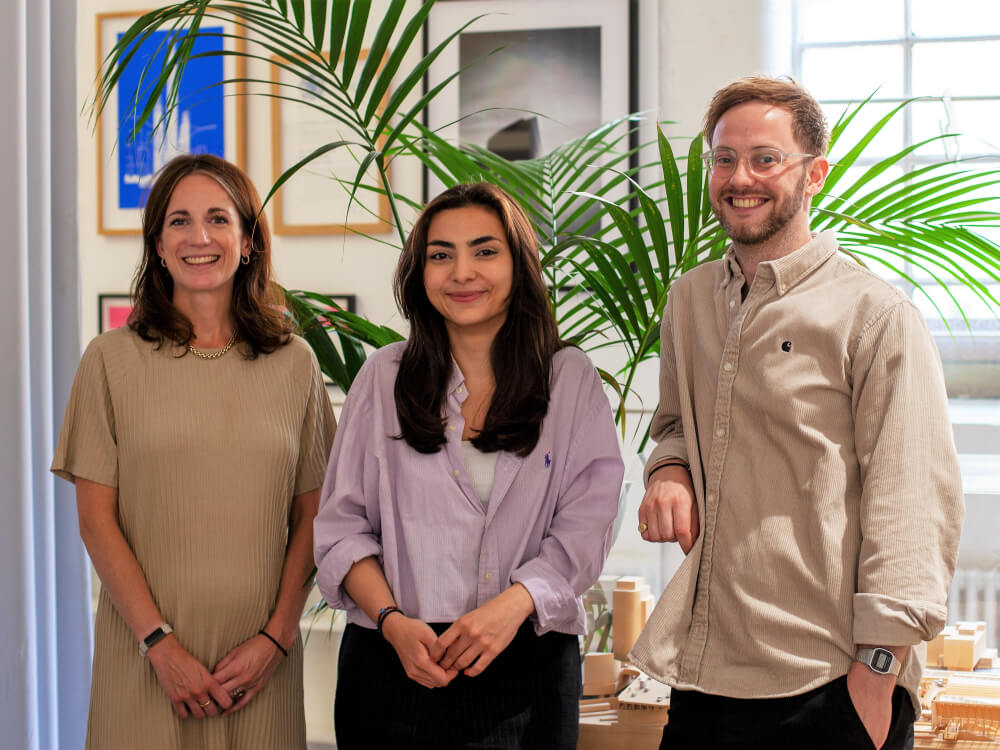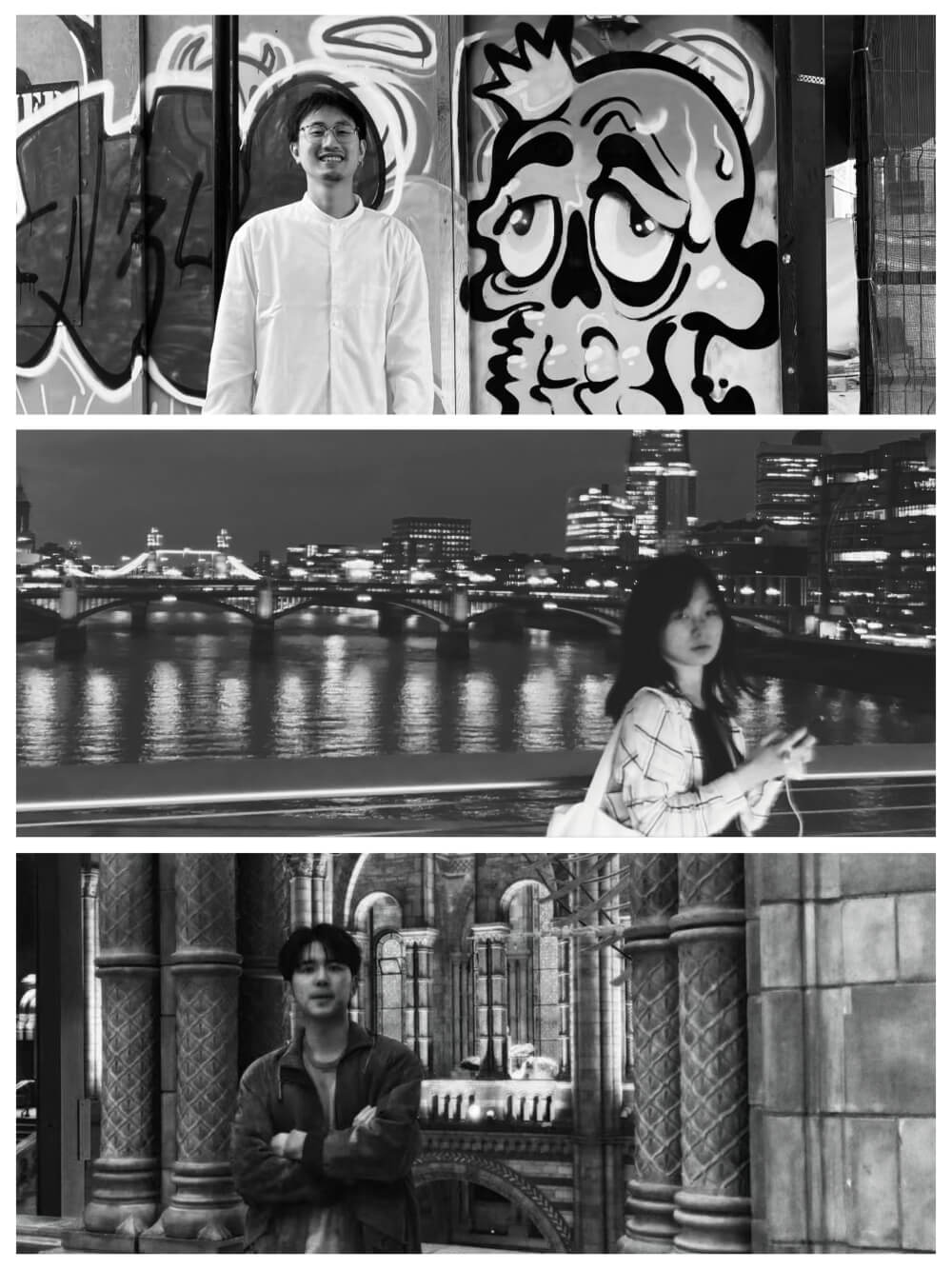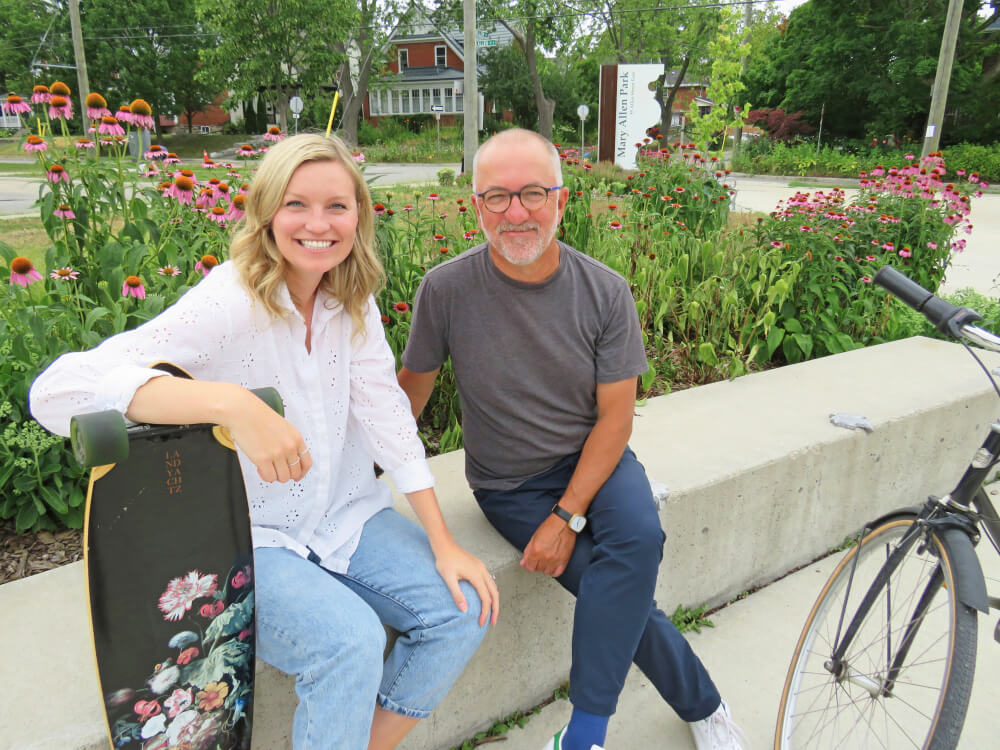
15-minute city 2022
Meet the Winners
First Prize winners

Louise Scannell, Loujayne Hadaya & James Blythe-Brook
We are all members of the Residential Mixed-Use team at Weston Williamson + Partners. As a team like to focus on the human interactions in the communities where we work. Our projects look to create sustainable developments that respond to, and connect with, the existing communities in which we work.
Louise: Associate Director, Weston Williamson + Partners for 6 years
Loujayne: Part 1 Architectural Assistant, Weston Williamson + Partners for 1 year, graduated from the University of the West of England.
James: Architect, Weston Williamson + Partners for 2 years
The war in Ukraine had just started when we began to explore ideas for the competition, and it served to highlight how wars and natural disasters continue to increase the number of refugees globally. The camps set up to house these victims are continuing to grow in scale and given the timescales involved, can no longer be seen as temporary settlements. They are permanent cities in which families are being raised.
The top-down approach to these communities, where they are given small inappropriate shelters and minimal freedom, perpetuates the situation. Residents are locked in, unable to interact with other communities as a result of isolation that is designed in from the outset. This approach forces residents to rely on aid, preventing them from finding their own solutions, gaining independence and utilising the skills that are already abundant within the camps.
“The history of refugee camps is constantly erased, dismissed by states, humanitarian organisations, international agencies and even by refugee communities themselves in the fear that any acknowledgement of the present undermines their right of return.”
Permanent Temporariness by Sandi Hilal and Alessandro Petti
We wanted to explore a bottom-up approach to urban design that took the underlying principles of a 15-minute city and applied them to these smaller, informal developments. We wanted to address the concerns refugees have with the implications of adapting the existing shelters and creating more permanent structures in their camps. We did so by developing a conceptual approach that sought to celebrate this ingenuity, providing residents with the opportunity to become more independent and improve their living situations. Our proposals don’t offer a fixed solution, but rather suggest a shift in thinking, reframing the position of refugees in society to fulfil the role of the urban designer for their own city.
Urban design is about the physical and social make up of our cities and urban spaces. At WW+P our focus is on creating and connecting sustainable places for people to thrive in. As designers we are passionate about creating places that are people focused, connected by infrastructure that moves beyond the purely functional to create places that help to enrich people’s lives.
Ensuring that our cities have the appropriate infrastructure to support sustainable communities is essential and we have an important part to play in facilitating this, creating places for people to enjoy.
All of these principles are as applicable to the growing refugee camps across the world as any of the major cities that dominate. As a result of events across the world we are seeing more and more people displaced from their homes. The residents of these informal cities should not be treated differently with their families afforded the same quality of urban life as the rest of us.
We identified the competition as an opportunity to explore different concepts at a larger scale without the everyday restrictions of a typical project. It allows us as a team to experiment with ideas and develop specific areas of interest within the team. It gives members the freedom to research subjects personal to them, sharing experiences and learning within the team and the wider studio.
An international competition like this gives us an excellent platform to share these ideas with the wider architectural and urban design community.
Second Prize winners

Cheng Zhang, Yufan Ye & Minzheng Wang
We all completed our postgraduate from the Architecture Association in London.
We had a foundation in research on this topic during our studies at the AA, and have always been interested in this direction.
The intention that separates incompatible uses from each other inevitably leads to long-distance travel between housing and different destinations, which not only causes carbon emission, but also causes practical impacts on urban space such as noise and car accidents. We give four main strategies from energy optimization, green building, low carbon transport and industry transformation to build a low-carbon living environment and 15-min city.
The ambition for the project is not to cast the audience into fear or panic with no sense of hope. On the contrary, it’s used to sober the audience’s judgement about what is really important by instilling convincing images of an alternative reality of a post-apocalyptic world.
It means a sense of responsibility. As a member of the city, urban designers have a more sensitive experience in the city, and can more comprehensively consider the relationship between physical space and society to provide better services for the community.
This is a good platform to express our designers’ ideas, and we hope to let more people see designers’ expectations to the city through the form of competition.
Third Prize winners

Ashleigh Crofts & Paul Kalbfleisch
Ashleigh Crofts is a Canadian Architect and Urban Designer living and working in Waterloo, Ontario. She completed her Bachelors and Masters of Architecture with Distinction at Toronto Metropolitan University (formerly Ryerson University). Ashleigh’s thesis explored the space between buildings, specifically focused on the potentials of Toronto’s lane space, which she presented at the World Design Summit in Montréal in 2017.
In her role at ABA Architects, Ashleigh is deeply rooted in community and actively involved in shaping urban landscapes. She envisions mixed-use buildings and neighbourhoods and collaborates on various planning processes. Ashleigh’s work straddles building and site, and operates at the scale of large master plans and fine-grain pedestrian experiences.
Paul Kalbfleisch is a skilled writer, educator, visual artist and creative business leader. But primarily he is a creative collaborator, placing himself in the middle of projects with a strong focus on vision and critical goals. He specializes in the area of real estate development projects and how they can relate to innovative city building. Recently he co-wrote “The Joy Experiments – Starting a New Conversation on City Building” which was the result of a five-year strategic collaboration with Scott Higgins and HIP Developments in Canada. Their work stresses the need for creating Infrastructure for The Human Spirit as a priority for future communities.
Kalbfleisch is also a creative director on many public realm projects and a visual artist.
While the 15-minute city relies on a multiplicity of modes of transportation, we focused on the 15-minute walking experience. Having lived through the pandemic we all recognize that spending more time outdoors, moving about, and in the company of others is more important then ever before. “The New 15” envisions vibrant public life and appealing public spaces to encourage curiosity, wonder, discovery, and meaningful community interaction. We consciously designed various building blocks to further enhance the journey: experimenting with factors like form, permeability, smart density, and diverse land uses and mixes. Built form was thought of as a tool to shape delightful spaces and routes which in turn are community-building venues.
Urban design is an opportunity to solve problems and improve our quality of life, one urban fragment at a time. Urban designers have a responsibility to work collaboratively to satisfy collective needs for community, inclusion, and wonder.
Design competitions are an opportunity to contribute toward an optimistic way forward via design research. They offer participants the freedom to explore with a curious and open mind. Regardless of the outcome, experimentation and collaboration move us in the right direction.